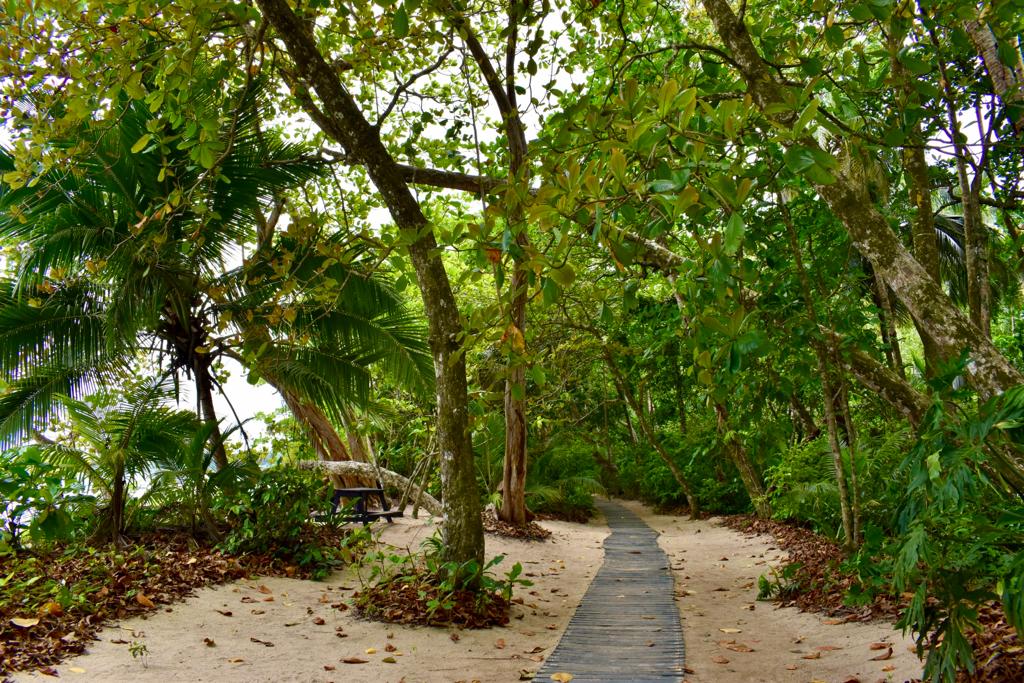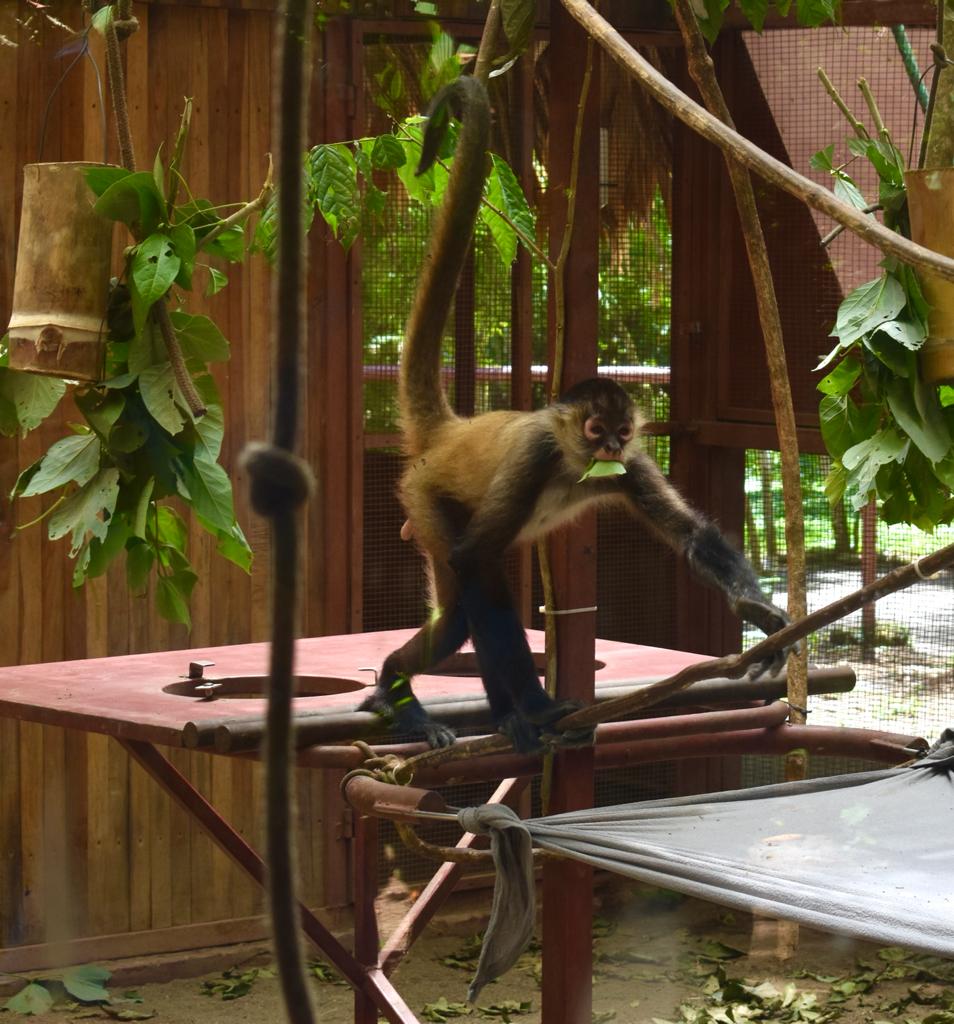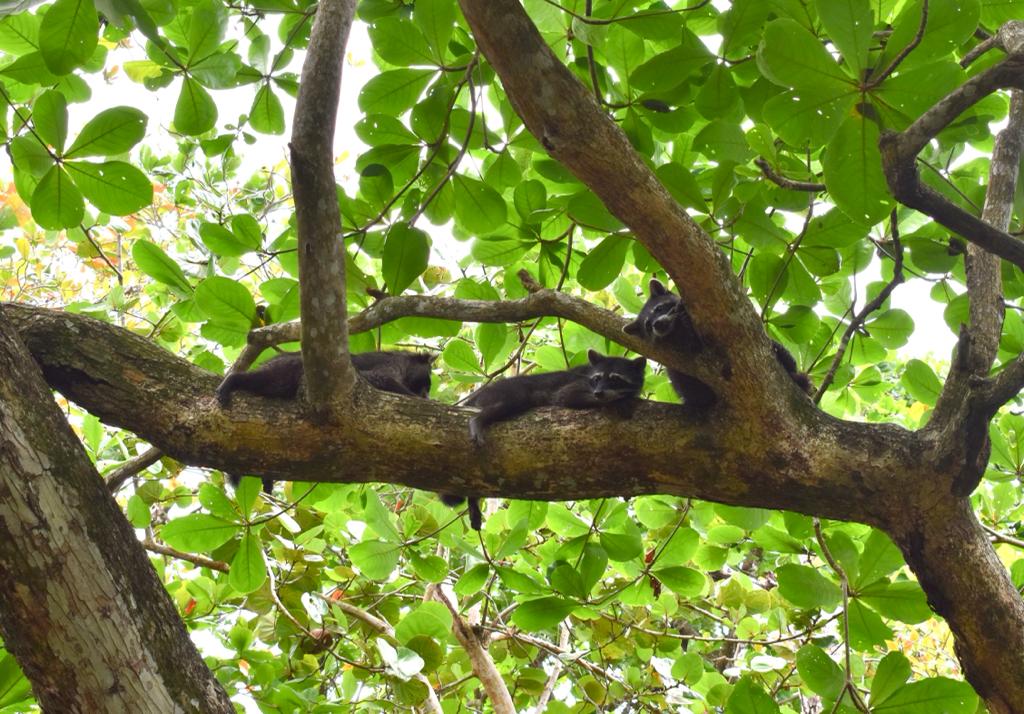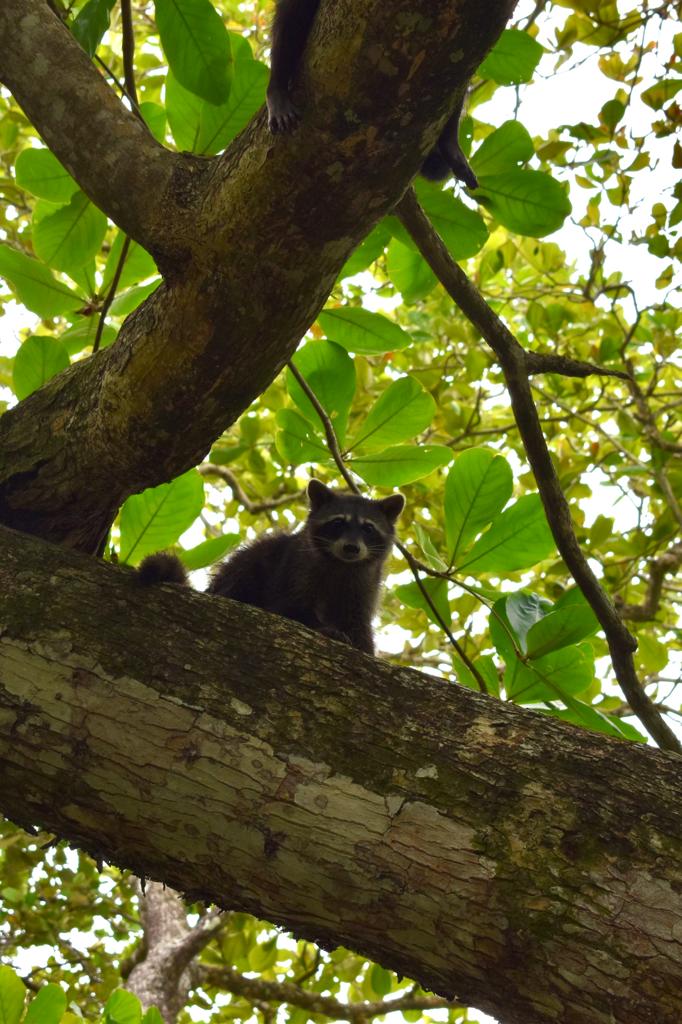Costa Rica: a country at the forefront of the global conservation movement. Nestled between the lush jungle and lapping waves of its Caribbean coast lies a concealed home to many of the country’s native animals. Tourists flock to Puerto Viejo to experience the considerable Jamaican influence which permeates the area, but increasingly many travel to experience the wildlife rehabilitation and conservation efforts made in the region, such as at The Jaguar Rescue Center.
Located just minutes away from Playa Cocles, hidden from the town’s hustle and bustle, The Jaguar Rescue Center (JRC) serves as “a temporary or permanent home for ill, injured and orphaned animals”. Since 2005, founders Sandro Alviani and Encar Garcia have been taking in injured animals from the streets of Puerto Viejo to provide them with care and rehabilitate them back to health. In 2008 the JRC was officially established, and so began its expansion, leading to a staggering 853 animals being received by the center in 2021.

Contrary to its name, the center has never actually taken in a Jaguar – it originates from one of the first calls for help the couple ever received. A local man in Playa Chiquita had found a large wild cat in distress and, mistaking it for a Jaguar, called Sandro and Encar. The couple correctly identified it as a large female Ocelot that was showing signs of having been poisoned. From there, word spread quickly across town of the ‘Jaguar people at Chiquita’ and the care they could provide to sick wild animals found in the area.
What separates the JRC from other animal sanctuaries is their clear dedication to rehabilitating and reintroducing those animals which are taken under their wing back into the wild. Their stats from 2021 show that, of the 853 animals they received that year, an impressive 348 were successfully released back into their original habitat. With 97 remaining in the center, this leaves 408 that couldn’t be nursed back to health, and unfortunately died. At first glance, this appears to be an alarming death rate, but in reality this means that the JRC saved the lives of over half the animals they received that year. Unlike many animal sanctuaries feigning sincere concern for the animals in their care in place for money, the JRC’s around-the-clock care and genuine interest in the animals’ well-being poses as a beacon of hope for the future of Costa Rica’s flora y fauna.

The JRC’s collection and use of stats concerning the animals they take in has been monumental in the development of the organisation. Their findings help to prevent animals in the future from landing in the same situation as those that have been rescued. For example, data they collected in 2021 found the primary cause of admission to be ‘injured/sick,’ with 205 animals fitting this category. A particularly alarming stat placed ‘electrocution’ as the cause of 44 admissions in 2021. This caused the JRC to launch The Shock Free Zone program, in cooperation with the Costa Rican Electricity Institute (ICE) and the supervision of the Ministry of Environment and Energy (MINAE), which aims to insulate transformers and electrical lines in an attempt to reduce this number in future years.

Despite a high death rate, the JRC was able to release 24% of those electrocuted animals back into the wild in 2018. This is a clear testament to the work the organisation carries out by way of restoring Costa Rica’s varied and rich ecosystems through prioritising animal welfare.
The JRC doesn’t receive funding from any government or organisation, thus they hold public tours, which serve to educate members of the public on sustainable ecotourism, and also allow for the continued running of the center. On the tour, a knowledgeable volunteer guides the group around the property, sharing the story of each animal and how they ended up in their care.
From sloths to macaws, spectacled caimans to margays, the tour allows the public to view many of Costa Rica’s most beautiful and varied species in the flesh. However, the tour’s focus lies in environmental awareness; the center promotes a way of life which doesn’t disrupt the native wildlife and ecosystems. For example, they make it clear that preventing human exposure, and creating habitats that mimic the lives of the animals outside the center, prevents the domestication of the animals that they take in. This is essential to ensuring the animals can be released back into their natural habitat after rehabilitation.

The service provided by Puerto Viejo’s Jaguar Rescue Center is emblematic of how honourable institutions exist all over the world, but can only be found and supported through taking the initiative to travel responsibly. The organisation’s interaction with the public is crucial in cultivating a more widespread knowledge and understanding of ecotourism practices, whilst encouraging tourists to assume environmental consciousness when travelling to countries with such rich and diverse habitats as found in Costa Rica. The Jaguar Rescue Center’s work sets a precedent not only within Costa Rica, but on a wider scale regarding the urgency for ethical ecotourism practices globally.
For Times Media Mexico, Amy Hargreaves Smith
TYT Newsroom


